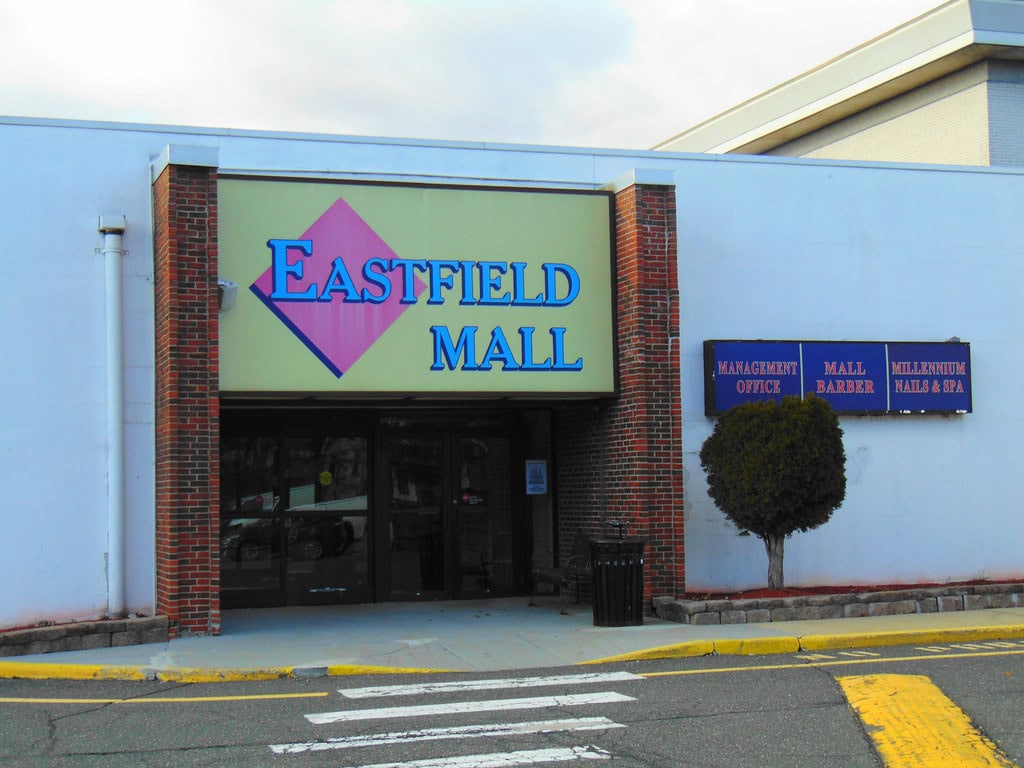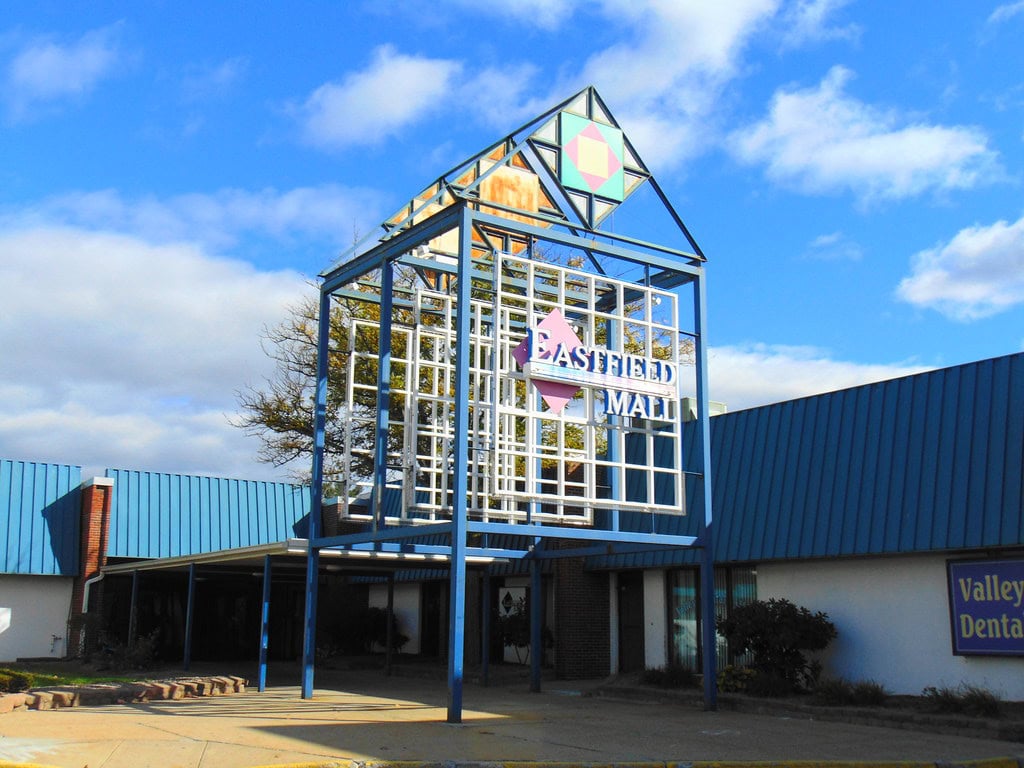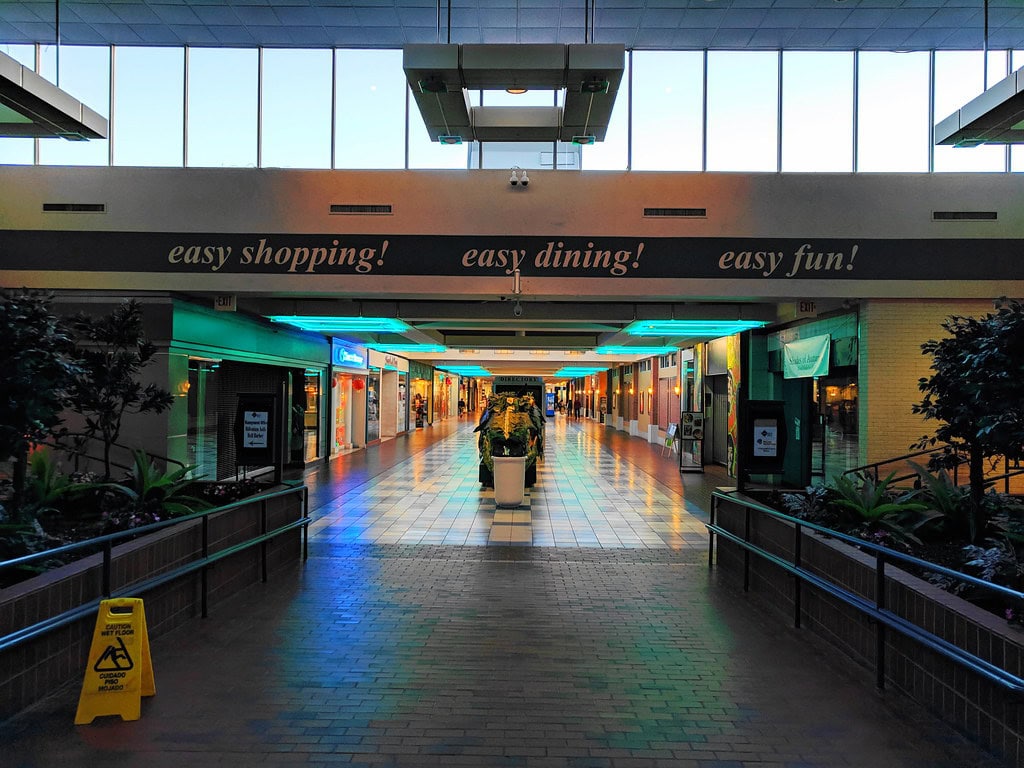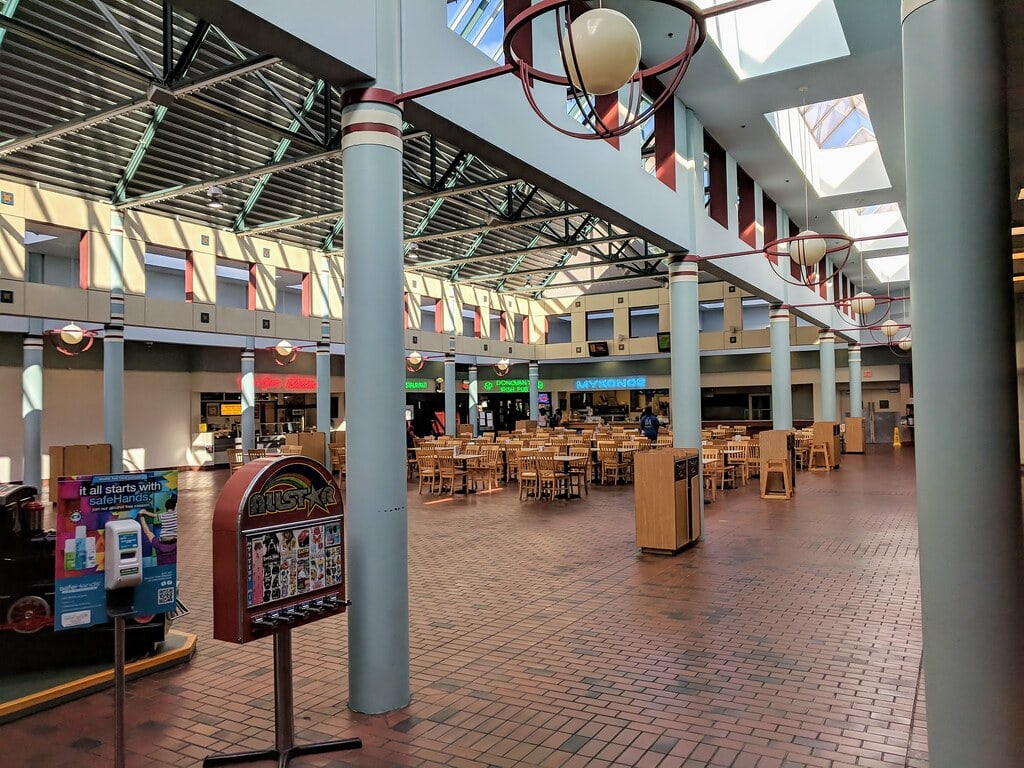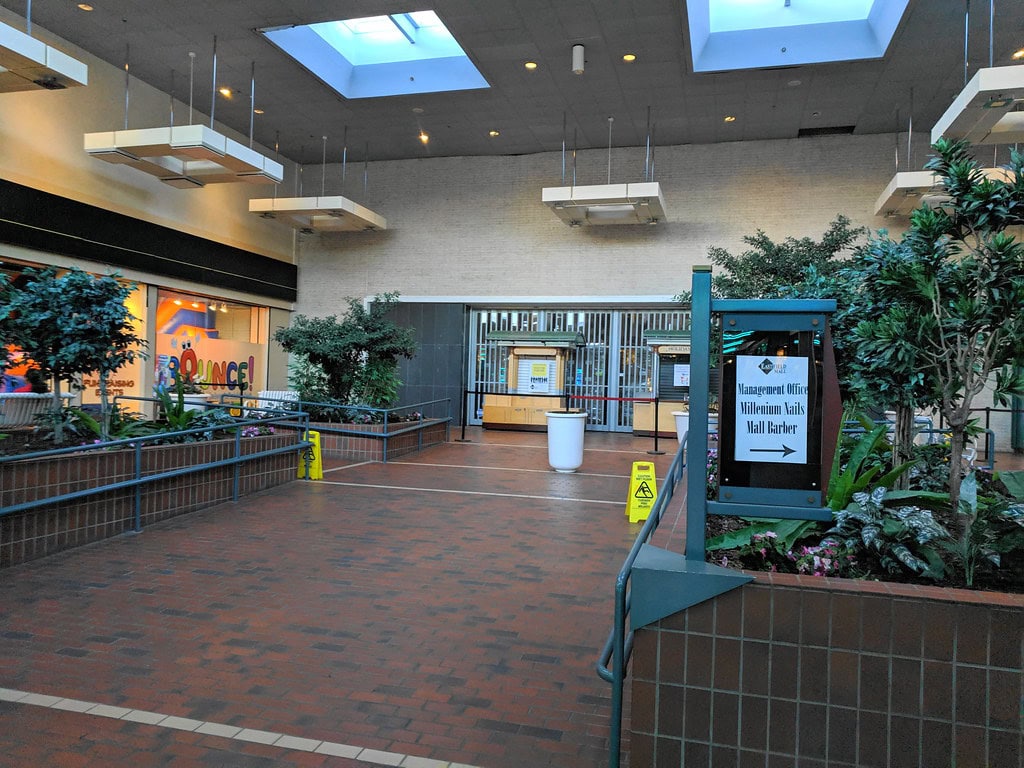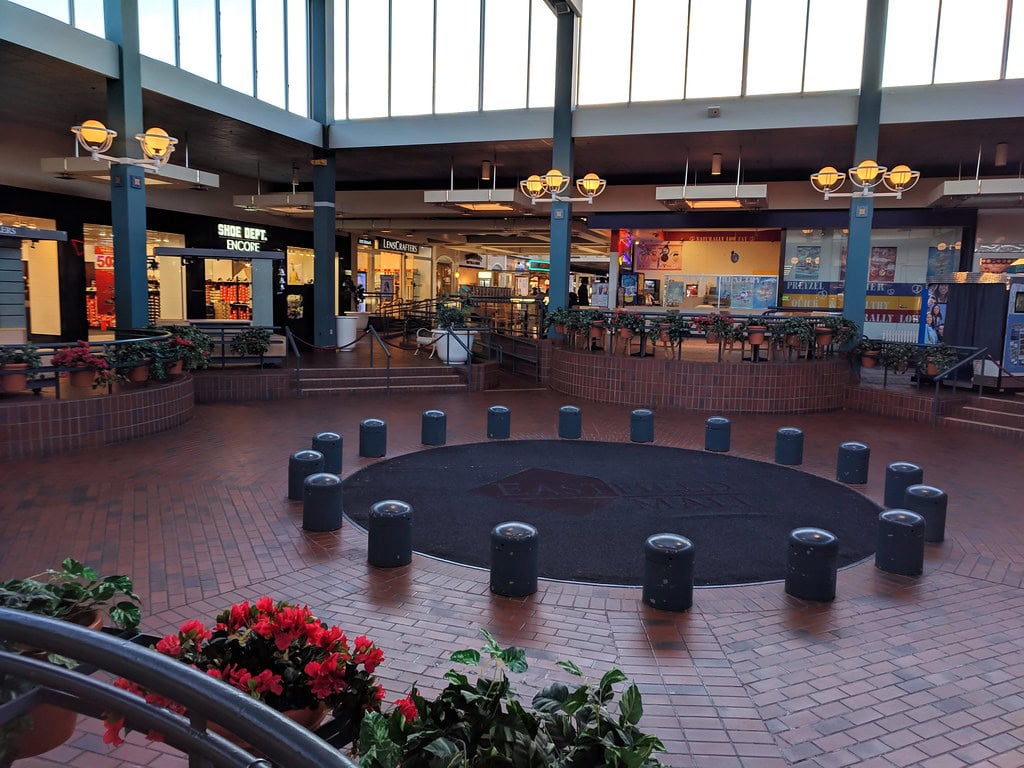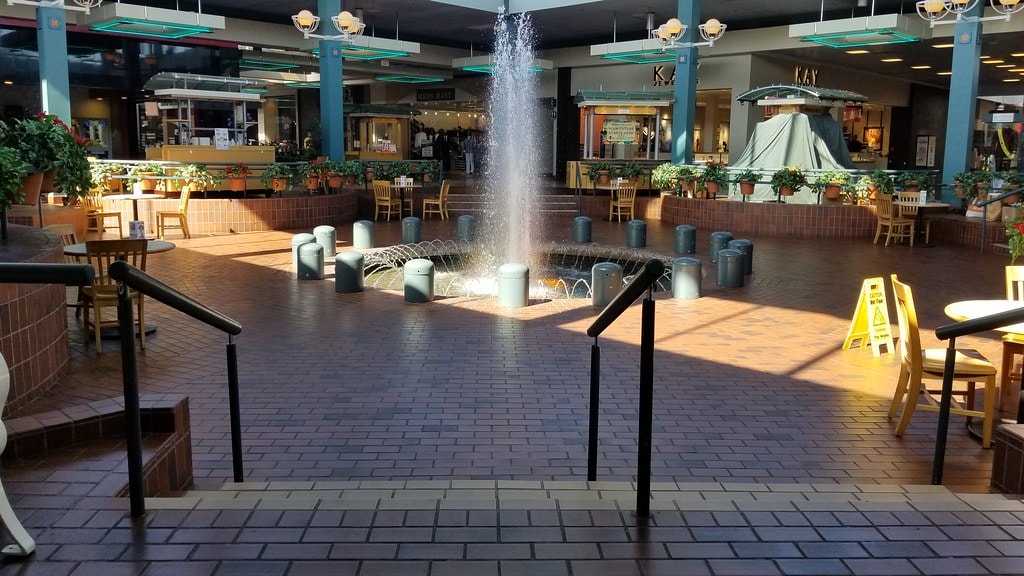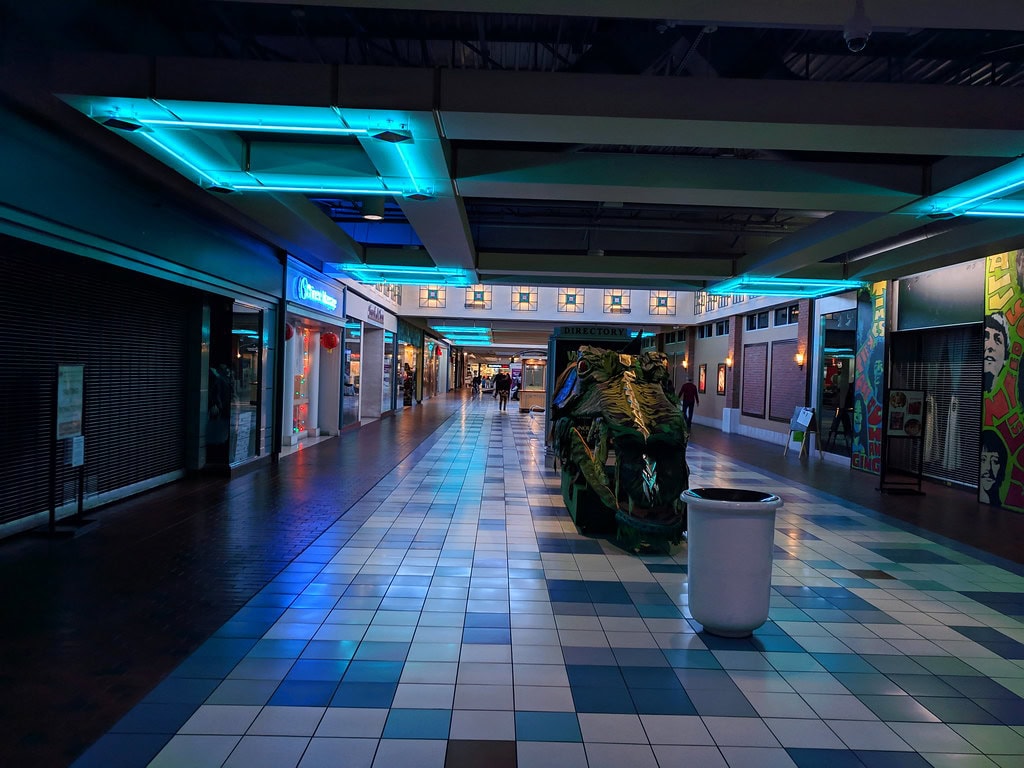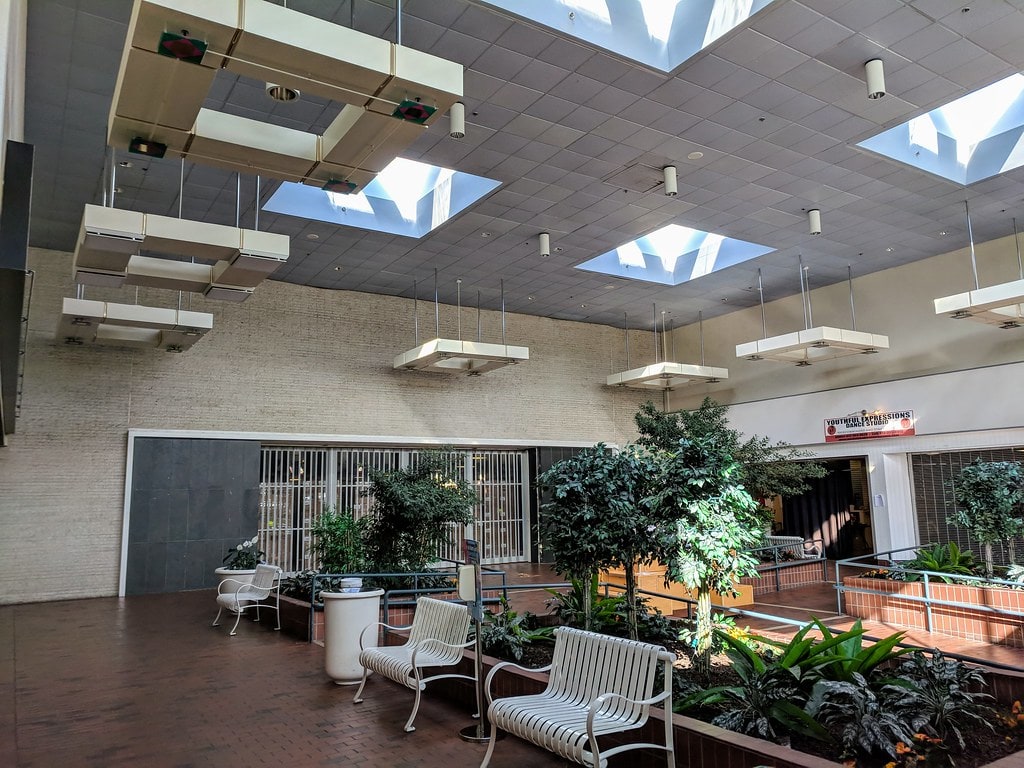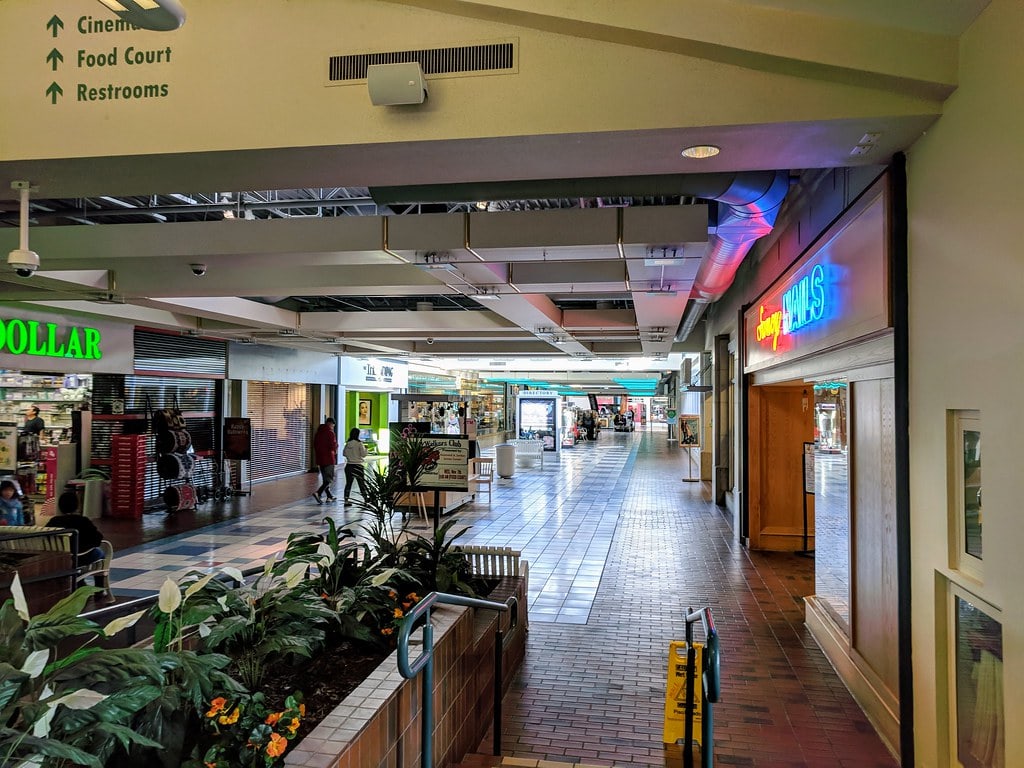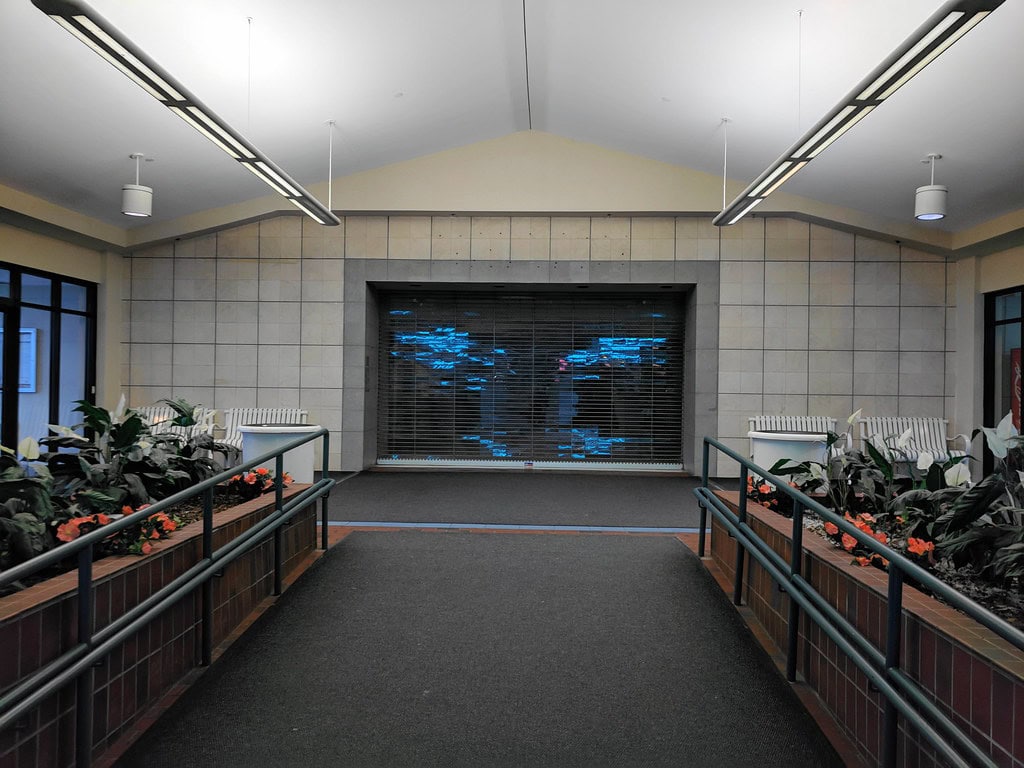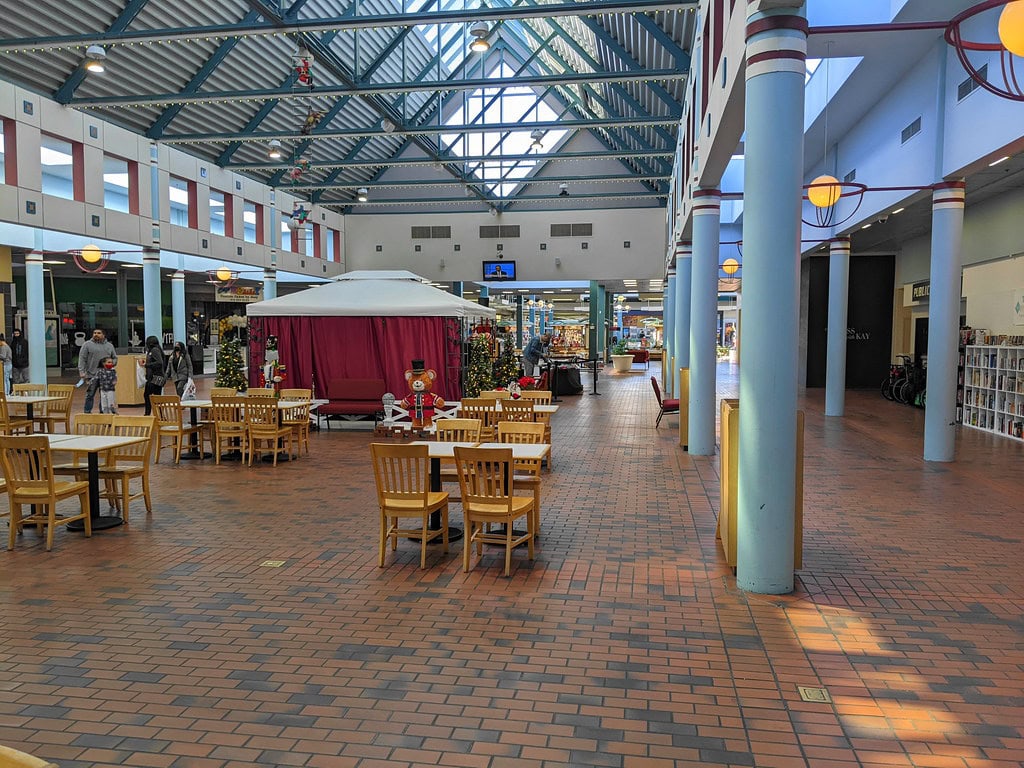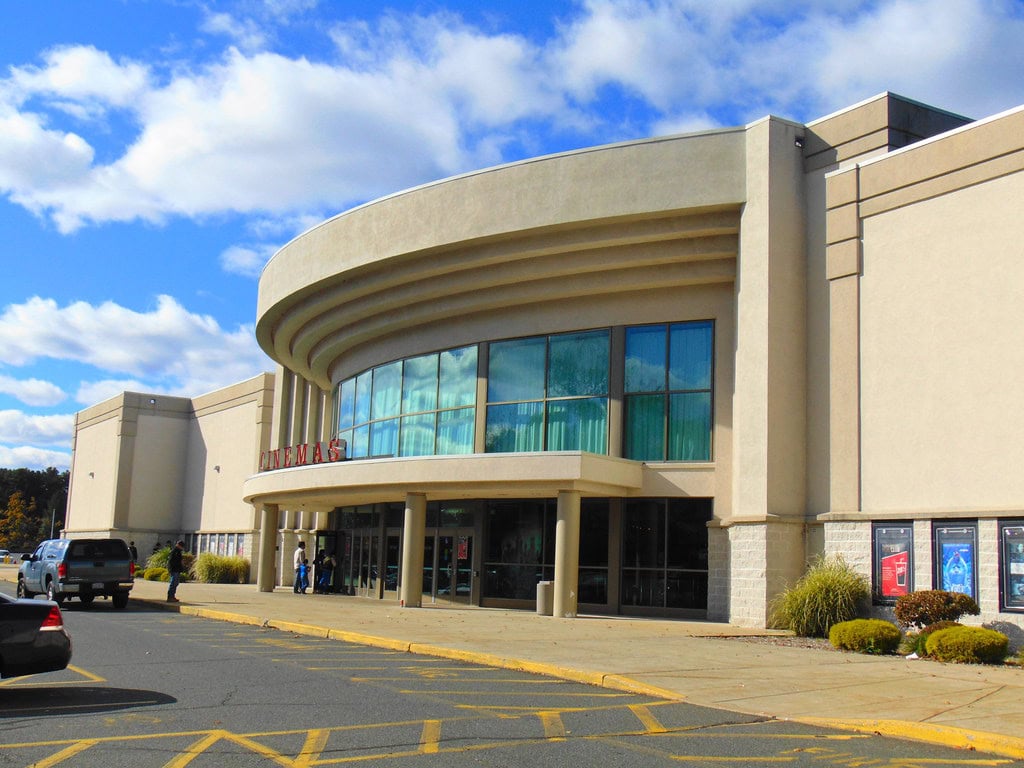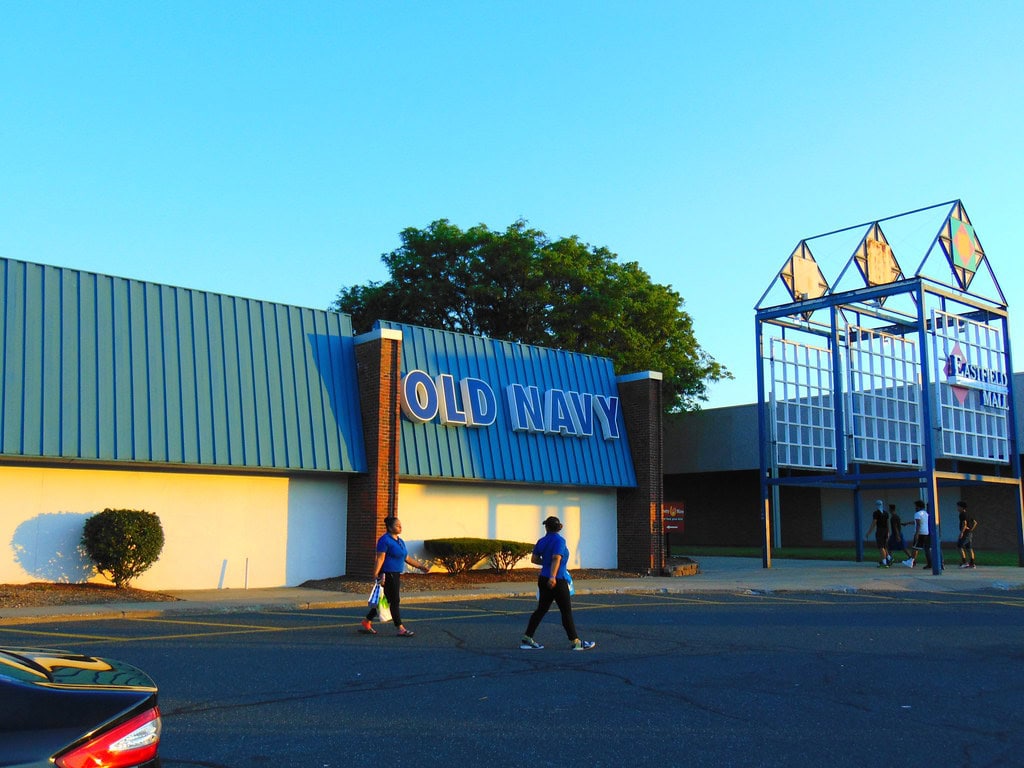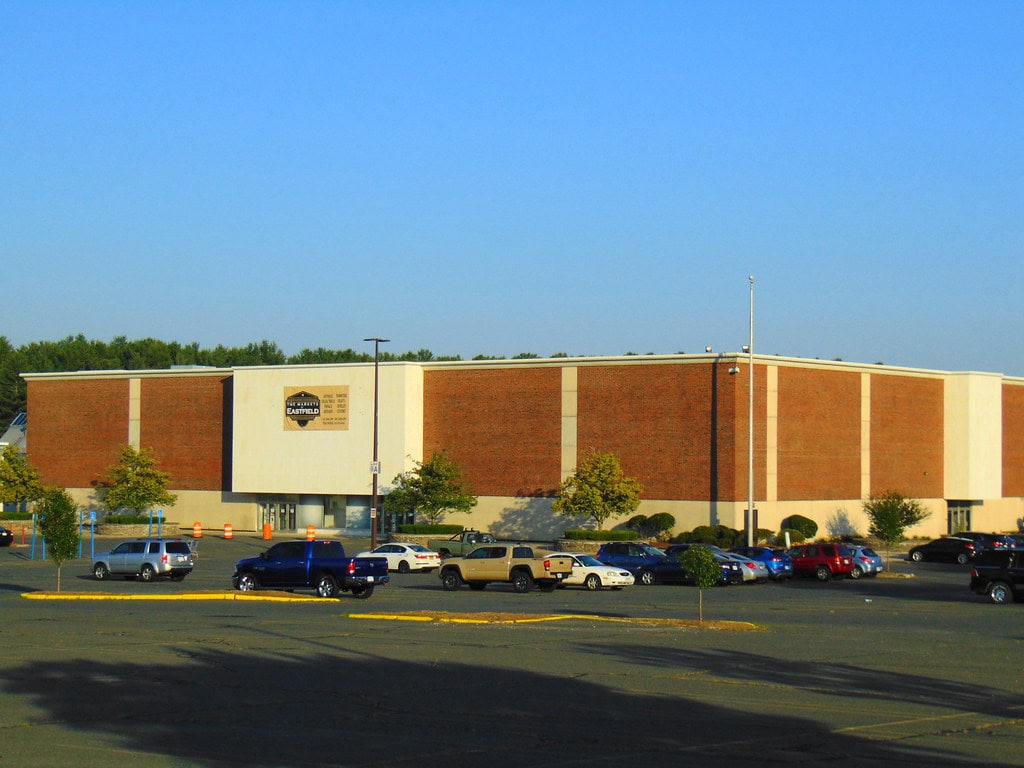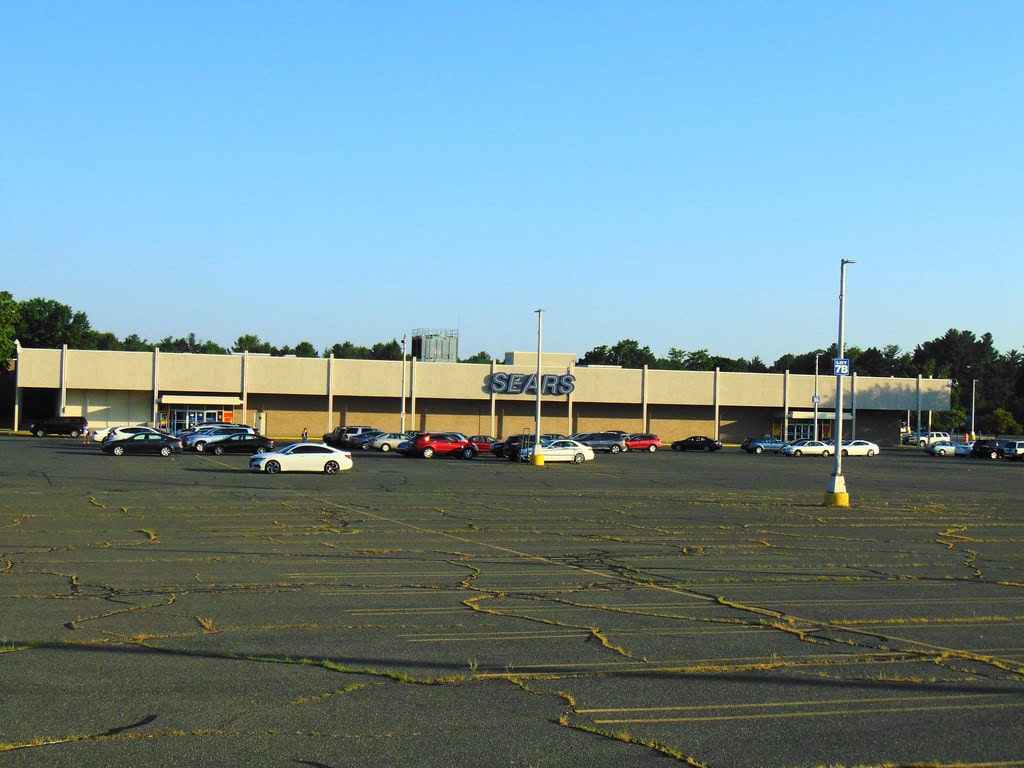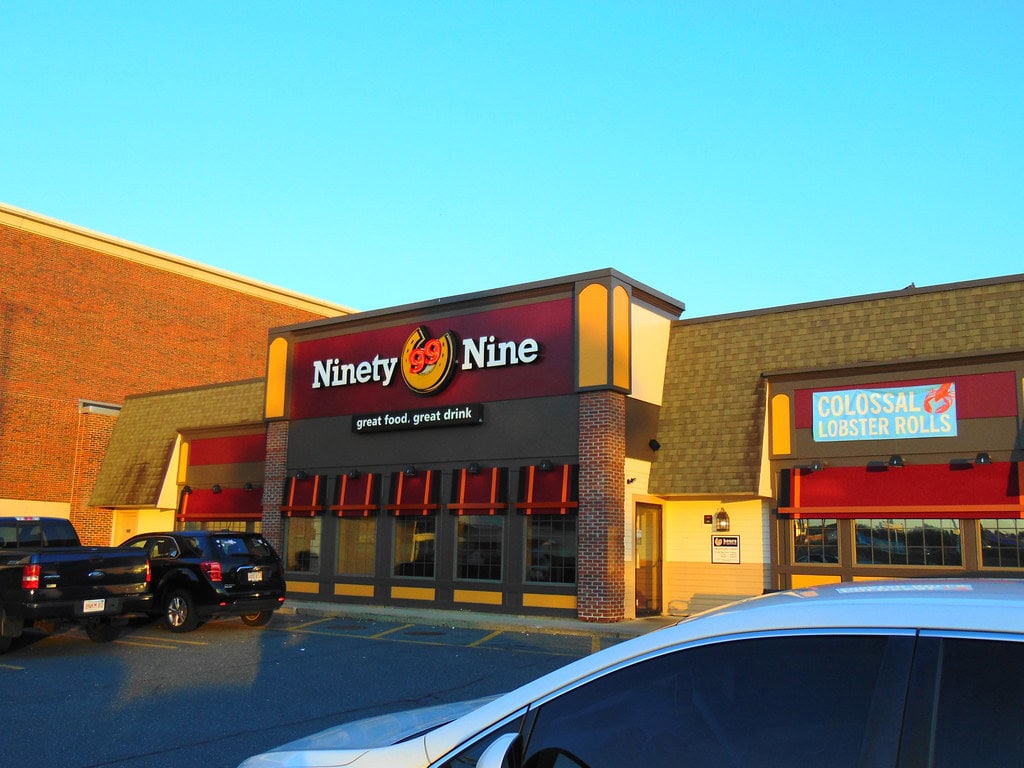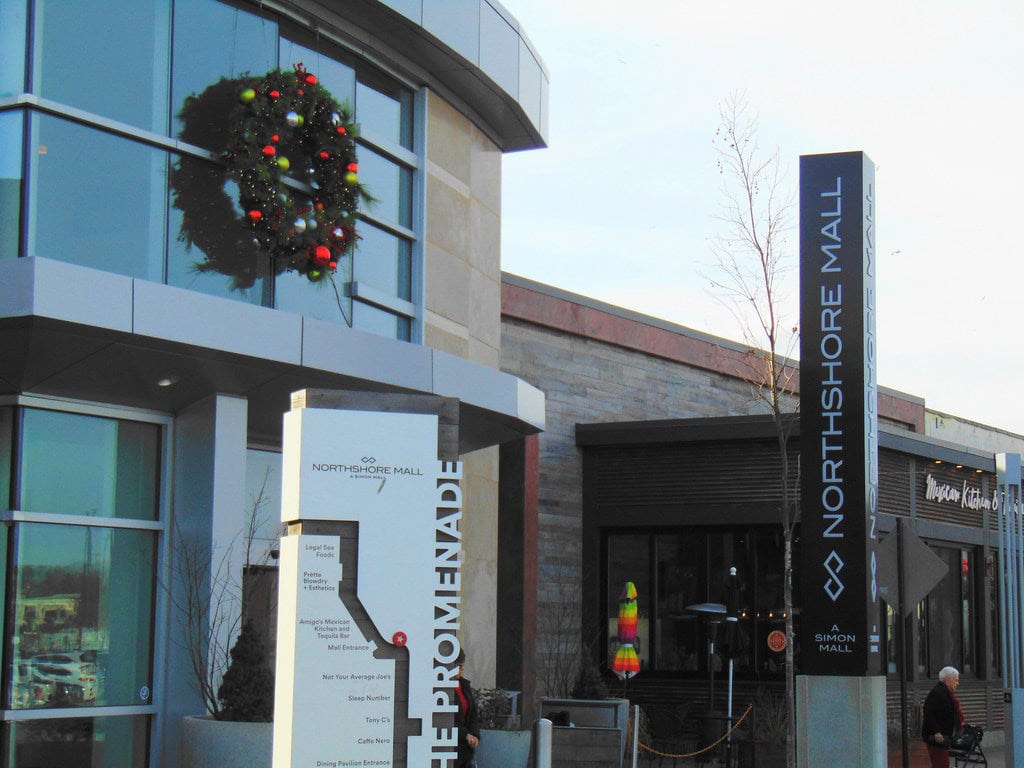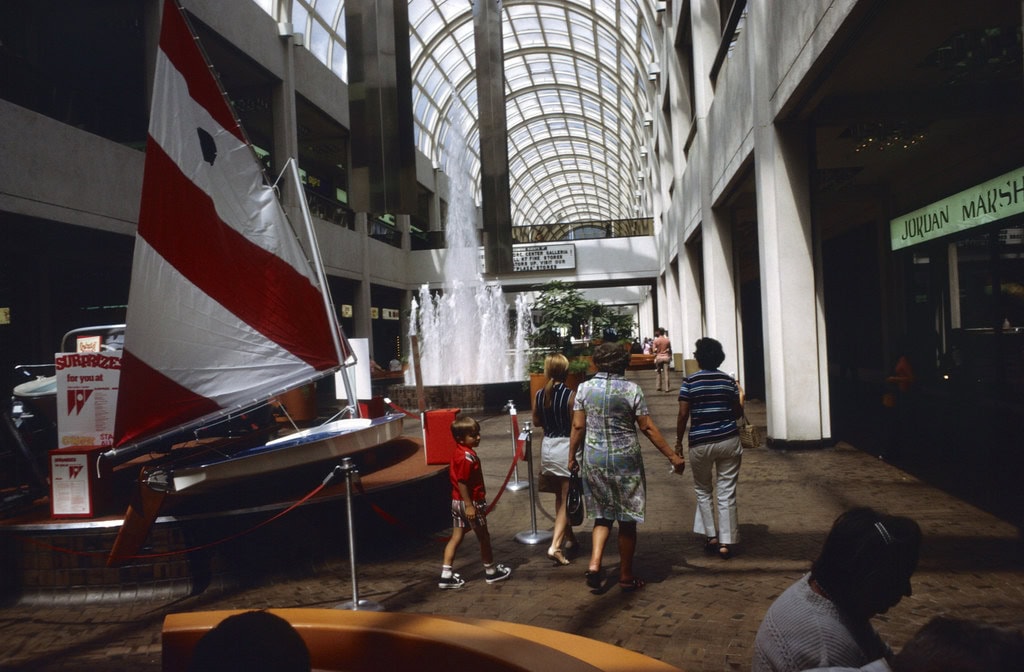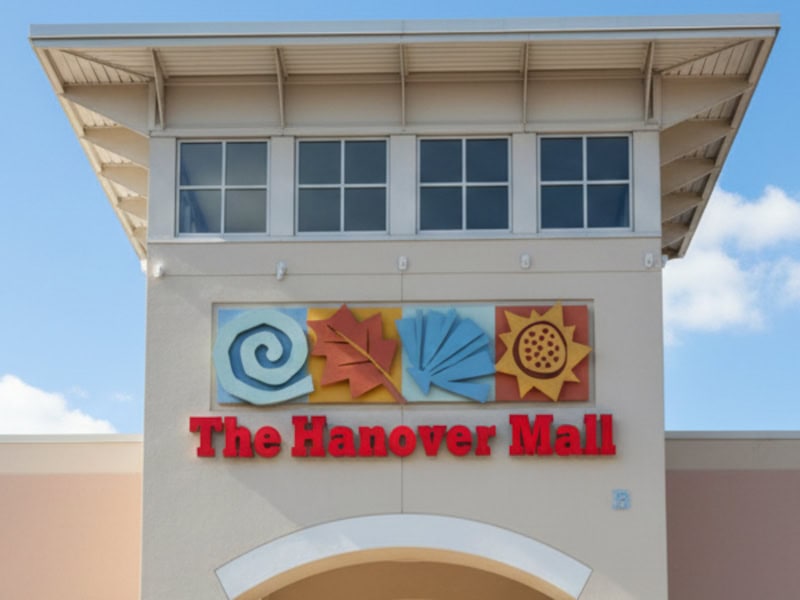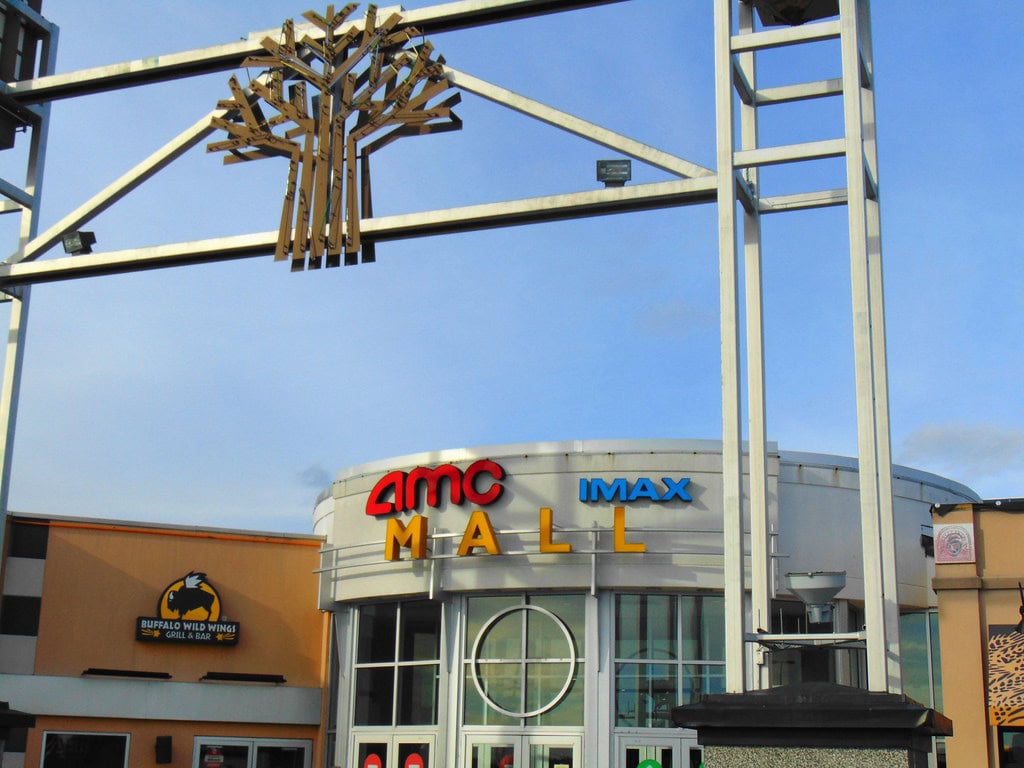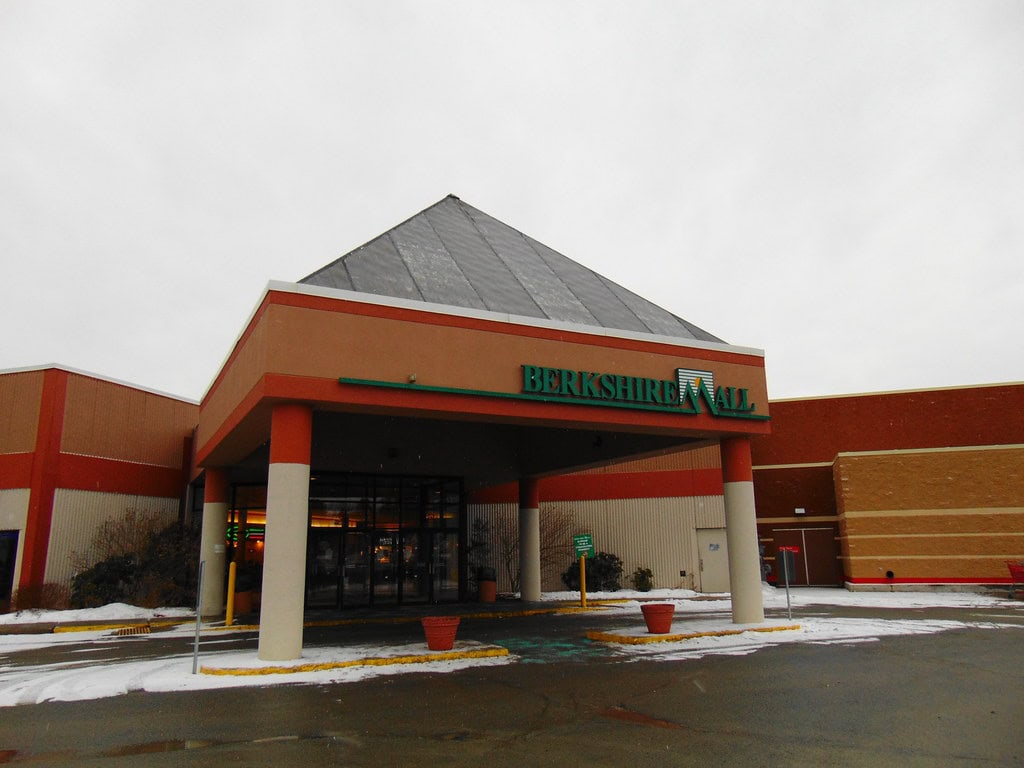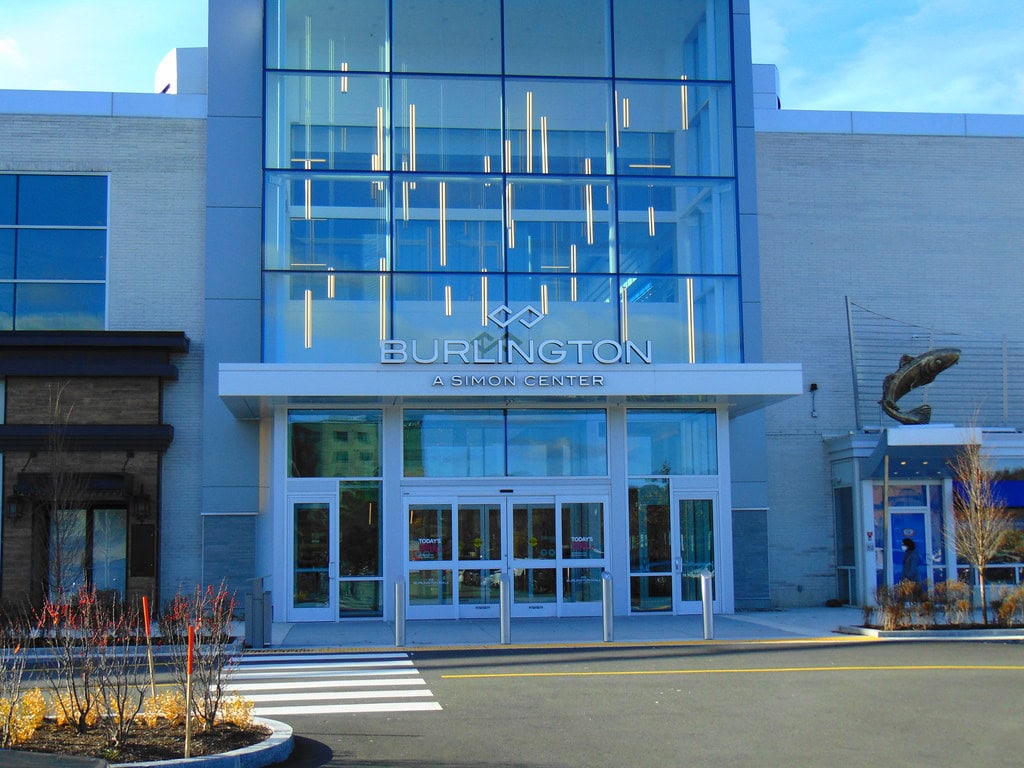The Commercial Beginning of Eastfield Mall
Eastfield Mall opened its doors in April 1968 in Springfield, Massachusetts, developed by The Rouse Company after construction began the previous year.
The design by Daverman & Associates gave shape to a single-level enclosed center with three anchor stores: Forbes & Wallace, Steiger's, and Sears.
April 1, 1968, marked a shift in local consumer life when more than 40 stores began operating inside the new complex, which soon became a magnet for shoppers from across the region.
In those early years, the mall reflected a model that was gaining ground nationwide: enclosed, climate-controlled spaces with wide corridors and abundant parking.
Forbes & Wallace brought its department store tradition, while Steiger's maintained its historic presence in Springfield.
Sears added the power of a national chain.
Among clothing boutiques, shoe stores, and restaurants, the steady flow of visitors established Eastfield as a regular shopping destination.
Its opening expanded the range of goods in an area that had previously depended on downtown stores.
For those seeking entertainment or simply a place to stroll, it also became part of the things to do in Springfield, MA.
In the spirit of the 1960s, the mall entered a market eager for modern experiences in shopping and leisure.
Anchor Changes and New Leases (1975–1999)
The closure of Forbes & Wallace in 1975 left a key space vacant within Eastfield Mall.
Two years later, in 1977, JCPenney purchased the location and turned it into one of its main stores in the region.
Steiger's remained for a while, but in 1994 it was replaced by Filene's after the chain was acquired by May Department Stores.
The change brought a different strategy in fashion and merchandise, strengthening the store mix.
During this same period, Sears remained strong as the third anchor and continued to draw shoppers.
The arrival of Filene's marked a transition toward larger, more widely recognized chains across multiple states.
In August 1999, a 16-screen Showcase Cinemas was added, transforming the complex into a shopping and entertainment space with greater regional appeal.
This expansion brought the mall to about 825,000 square feet of leasable area.
Specialty stores in footwear, home décor, and electronics joined the anchors, creating a more varied experience for visitors.
Throughout those decades, the mall was a landmark in the routine of local and regional consumer life.
Adjustments and Commercial Transformations (2000–2010)
With the turn of the century, management introduced an escort policy in 2004: any customer under 15 years old had to be accompanied by an adult after five in the afternoon.
The measure aimed to regulate the presence of young visitors in the halls and keep daily operations orderly.
In 2006, Steve & Barry's opened a large store in a central spot, displacing nine smaller businesses.
Only two of them managed to relocate within the mall.
That same year, with the arrival of Steve & Barry's, Eastfield reached full occupancy for the first time since the late seventies.
But the relief didn't last long: the chain went bankrupt and closed in 2008, leaving a visible gap once again.
In 2009, Hannoush Jewelers moved into the space and opened a showroom that added sparkle to the mix.
Despite these shifts, the growing competition from other retail formats was already weighing on day-to-day performance.
Between clothing shops, sporting goods, and jewelry, the mall continued to operate, but signs of wear were showing as the market and consumer preferences moved in new directions.
Anchor Departures and Vacant Halls (2011–2020)
By 2011, JCPenney had closed its outlet store at Eastfield Mall after the company decided to eliminate that division nationwide.
The departure left a gap in one of the original anchor spots, a void that mall management struggled to fill.
Five years later, in January 2016, Macy's announced it would shut down its Eastfield location as part of a plan that affected 36 stores across the country.
By April of that year, the lights were off and the escalators stood still.
Sears, which had been part of the mall since opening day in 1968, followed the same path.
On May 31, 2018, the company confirmed it would close the Springfield store, and by September 2, the space was shuttered.
With all three anchors gone, Eastfield no longer had a department store to draw steady crowds.
The 16-screen Cinemark theater, once a lively addition, closed permanently in late June 2020.
Inside the corridors, only smaller shops and food tenants remained, operating in an environment that had lost its core attractions and daily foot traffic.
The Closing Chapter of Eastfield Mall (2023)
On April 5, 2023, it was announced that Eastfield Mall would close during the summer after nearly 56 years in business.
The official closing date came on July 15, 2023, when the last tenants lowered their gates and customers walked out for the final time.
The mall, once developed by the Rouse Company, had passed into the hands of Mountain Development Corp., and later to Onyx Partners LTD, which prepared the property for a new phase.
Demolition crews arrived in August 2023 and began tearing down the main concourse.
By February 2024, most of the structure was gone, leaving only the former Sears building, which was separately owned and excluded from the redevelopment plan.
In those months, the site shifted from a half-empty retail shell to an open tract of land awaiting construction.
After nearly six decades of sales, promotions, and tenant turnover, Eastfield Mall ceased to exist as a shopping center.
The cleared ground became the starting point for Springfield Crossing, an open-air retail project designed for a different era.
From Eastfield to Springfield Crossing (2024–2025)
After the demolition wrapped up in February 2024, Onyx Partners introduced its plans for Springfield Crossing, a new open-air shopping center on the site.
On February 16 of that year, the company outlined the design: more than 360,000 square feet of leasable retail space, over 1,700 parking spots, and areas set aside for small local businesses.
Construction teams began preparing foundations and framing, shifting the property from rubble to rising structures.
By March 24, 2025, the project had advanced with new tenants revealed.
Target proposed a large-format store, BJ's Wholesale Club committed to a store and gas station, and discussions pointed to the addition of Jersey Mike's.
A mix of dining and retail names positioned Springfield Crossing as a new commercial anchor for the city.
Leasing documents circulated in the spring also mentioned Hobby Lobby and PetSmart.
The redevelopment cost was projected between $65 and $80 million, with city officials estimating around 800 jobs to come from the project.
Retail announcements arrived in steady waves, each tied to timelines that aimed for openings before the year's end.
Retail Groundbreakings and Expanding Commitments (2025)
The pace accelerated in April 2025 when Target confirmed the exact scale of its presence: a 128,000-square-foot store positioned at Boston Road near Fernbank Road.
Alongside this, PetSmart announced a summer launch, and La-Z-Boy revealed plans for a new showroom scheduled for the winter of 2027, its twelfth location in New England.
Hobby Lobby appeared in leasing materials as under construction, broadening the roster of national retailers joining the site.
Momentum carried into July 2025 with a groundbreaking ceremony for BJ's Wholesale Club.
The company committed to a store and gas station that would become its first Springfield location.
During the event, executives highlighted a partnership with the Food Bank of Western Massachusetts, promising weekly donations once the facility opened.
Local officials pointed to the project as one of the largest developments since the MGM complex, citing job creation and new tax revenue.
By mid-2025, Skechers also appeared among the brands listed as building at Springfield Crossing.
The site, once home to Eastfield Mall, now holds steel frames and rising storefronts that point toward an opening slated for fall of this year.

